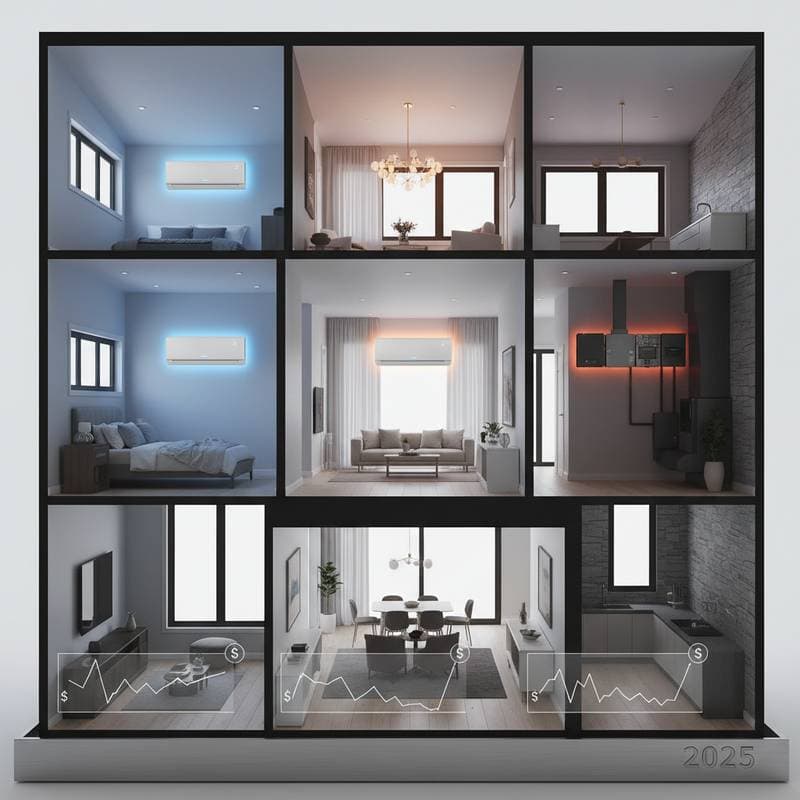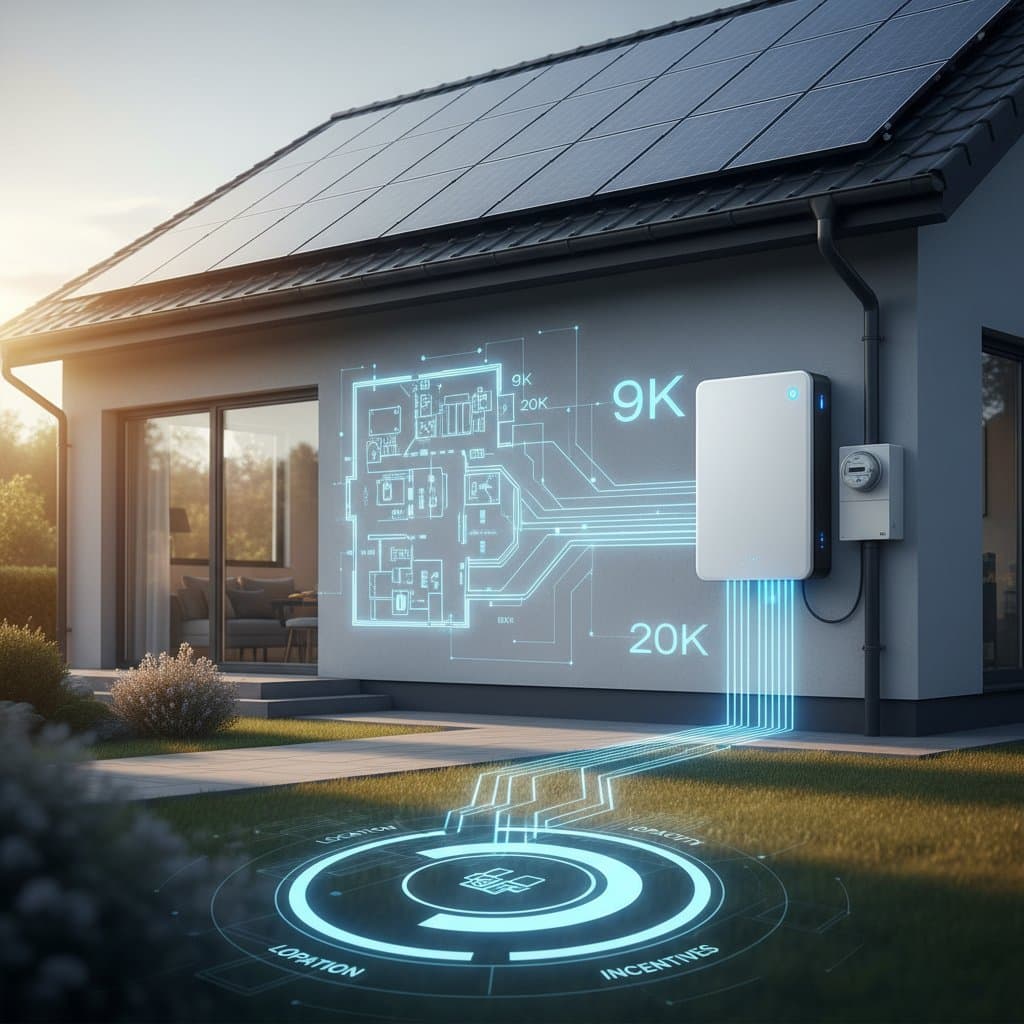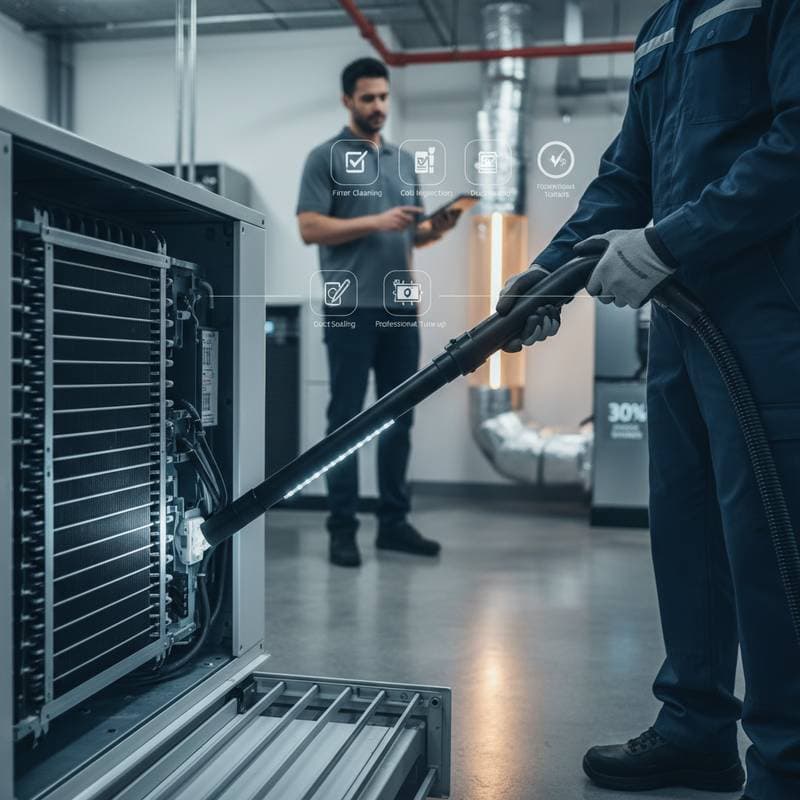Understanding Mini-Split AC Installation Costs in 2025: A Room-by-Room Guide
Mini-split air conditioning systems offer homeowners efficient and targeted cooling solutions. These ductless units allow for independent temperature control in specific areas, eliminating the need for extensive ductwork. By examining installation costs according to room type, individuals can better allocate budgets, evaluate system capacities, and determine the suitability of single-zone versus multi-zone configurations.
This comprehensive guide details current pricing for mini-split installations across different home spaces. It also highlights essential cost influencers and provides insights drawn from HVAC professionals and real homeowner experiences.
National Averages for Mini-Split Systems
A single-zone mini-split system generally costs between $2,000 and $5,000 to install. Factors such as the manufacturer's brand, unit capacity in BTUs, and the intricacies of the setup contribute to this variation. Multi-zone systems, which serve several rooms from a single outdoor unit, range from $5,000 to $12,000 or higher.
Consider a 12,000 BTU single-zone unit ideal for a modest bedroom or living space; installation typically totals around $3,000. In contrast, a four-zone system with 36,000 BTUs to cover larger areas may approach $10,000 to $12,000. These figures account for variations in home structure, required electrical upgrades, and the routing of refrigerant lines.
Costs for Bedroom Installations
Bedrooms often necessitate compact mini-split units rated from 6,000 to 9,000 BTUs. Installations in these spaces prove relatively simple, often requiring only a few hours of labor. Average expenses for a single-zone bedroom setup fall between $2,000 and $4,000.
The quiet performance of these units, with some models reaching as low as 19 decibels, makes them particularly suitable for sleeping areas. Homeowners value the ability to maintain a restful temperature without affecting other parts of the residence.
Strategies to Reduce Bedroom Installation Expenses
- Position indoor units on exterior walls to minimize the length of refrigerant lines.
- Link multiple bedrooms to a shared outdoor unit in a multi-zone design for greater efficiency.
- Time the project for off-peak seasons to sidestep higher labor rates associated with urgent needs.
Expenses for Basement and Garage Setups
Basements and garages frequently benefit from mini-splits due to their absence of existing ducts and variable insulation levels. Preparatory work may involve drilling into concrete or masonry walls and insulating line sets against environmental exposure. For spaces measuring 400 to 600 square feet, units of 12,000 to 18,000 BTUs deliver sufficient cooling.
Installation costs in these areas range from $3,000 to $6,500, influenced by wall composition and site accessibility. In humid environments, selecting a unit with integrated dehumidification features justifies the added expense for long-term reliability.
Expert Recommendations for Basement and Garage Projects
- Ensure thorough sealing of wall openings to block moisture entry.
- Incorporate a condensate pump when natural drainage slopes prove insufficient.
- Opt for units designed for low-temperature operation if year-round climate control remains a priority.
Pricing for Multi-Zone Systems Based on Room Coverage
Multi-zone mini-splits connect multiple indoor units to one outdoor compressor, providing cost efficiencies per additional zone. While the overall investment increases with more units, the incremental expense per head diminishes.
Standard pricing includes:
- Two zones: $4,000 to $7,000
- Three zones: $6,000 to $9,000
- Four zones: $8,000 to $12,000
Each additional indoor unit contributes approximately $1,000 to $2,000 to the project total. Such systems suit homes with diverse cooling demands or layouts where traditional ducts prove unfeasible.
Elements Affecting Multi-Zone Installation Complexity
- The separation distance between indoor and outdoor components.
- The nature of wall materials and methods for hiding line sets.
- Requirements for electrical service and circuit breakers.
- Variations in brand specifications for line set connections.
Essential Advice for Optimal Mini-Split Projects
Obtain estimates from at least three certified HVAC specialists to secure competitive rates and accurate assessments. Request detailed load calculations to guarantee appropriate unit sizing, avoiding issues like inefficient cycling or inconsistent temperatures.
Incorporate routine maintenance into your planning; clean filters each month and arrange annual checks for refrigerant and drainage systems. Verify warranty terms, as certain brands provide up to 10 years of coverage through authorized installers. Integrate smart features, such as Wi-Fi-enabled controls, to enhance usability and energy management.
Sustaining Performance and Expanding Capabilities
Mini-split systems demand less ongoing attention than centralized HVAC alternatives. Homeowners maintain peak efficiency through regular filter maintenance and seasonal inspections of coils and connections.
Professional servicing once annually confirms proper refrigerant levels, secure wiring, and effective drainage. For evolving home needs, these systems accommodate expansions; compatible indoor units can connect to existing outdoor condensers without full replacements, preserving initial investments while adapting to changing requirements.





